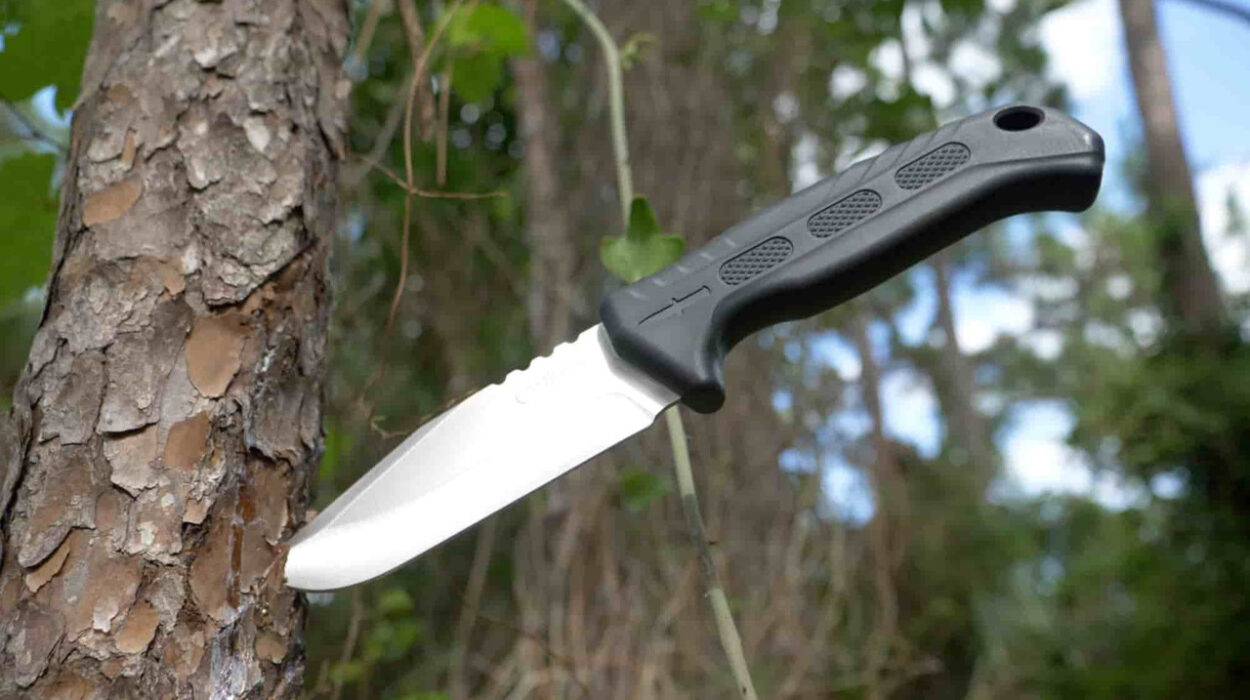For anyone passionate about cooking or knife collection, understanding blade edge retention techniques is crucial. The ability of a blade to maintain its sharpness over time is what defines its quality. In this article, we will delve into the various methods and tips to ensure your knife retains its edge for as long as possible. This knowledge is essential, especially for kitchen professionals who rely on sharp blades daily.

Understanding Blade Edge Retention
The concept of edge retention refers to how long a knife stays sharp during use. Several factors affect edge retention including the type of steel used, the knife’s design, and how it’s maintained. A well-maintained knife not only performs better but also lasts longer, saving you the cost and hassle of frequent sharpening or replacement.
Types of Steel and Their Impact
Different types of steel have varying levels of edge retention. Stainless steel, for example, is resistant to rust and corrosion but may not hold an edge as well as carbon steel. On the other hand, high-carbon steel knives can be incredibly sharp but require proper care to prevent rust. Understanding the properties of the steel your knife is made from can guide you in choosing the right maintenance techniques.
Choosing the Right Steel
When selecting a knife, consider what you will be using it for. A hiking knife may need different properties compared to a kitchen knife. Similarly, a Damascus steel knife offers a unique blend of durability and aesthetics.
Proper Sharpening Techniques
Sharpening is crucial for maintaining edge retention. Using a honing rod regularly can help maintain the knife’s edge between sharpenings. For a more thorough sharpening, whetstones or electric sharpeners can be used. It’s important to follow the correct angle and technique to avoid damaging the blade.
Using a Whetstone
When using a whetstone, ensure it’s soaked in water for about 10 minutes before use. Hold the knife at a 15-20 degree angle and slide it across the stone in a smooth motion. Repeat this process on both sides of the blade until it’s sharp.
Maintenance Tips for Edge Retention
Proper maintenance is key to prolonging a knife’s sharpness. Regular cleaning, drying, and storing the knife correctly can prevent rust and other damage. Avoid using the knife on hard surfaces like glass or stone, which can dull the blade quickly.
Storage Solutions
Store knives in a knife block or on a magnetic strip to avoid contact with other utensils. This prevents nicks and dulling of the blade. For those who travel with their knives, using a blade guard is essential.
Handling and Usage
How you handle and use your knife can greatly affect its edge retention. Avoid using the knife for tasks it’s not designed for, such as opening cans or cutting through bones. This can damage the blade and reduce its sharpness.
Correct Cutting Techniques
Using proper cutting techniques, such as the rocking motion for chopping herbs, can help maintain the knife’s edge. Practicing good knife skills not only ensures safety but also prolongs the life of your knife.
Regular Inspection and Assessment
Regularly inspecting your knives for signs of wear and damage allows you to address issues before they become severe. Look for chips, rust, or unusual dullness, and take action to correct these problems promptly.
Professional Inspection
Consider having your knives professionally inspected and sharpened at least once a year. Professionals have the tools and expertise to restore your knife’s edge effectively.

FAQs
How often should I sharpen my knife?
It depends on usage, but generally, you should sharpen your knife every few months. Regular honing can extend the time between sharpenings.
What is the best way to store knives?
Store knives in a knife block, magnetic strip, or with blade guards to prevent damage.
Can I use a knife sharpener for all types of knives?
Most sharpeners work on various knives, but it’s important to check compatibility, especially for specialty knives like those made from corrosion-resistant materials.
For more information on knife types, consider exploring external resources such as this guide on knife anatomy.
This article contains affiliate links. We may earn a commission at no extra cost to you.


